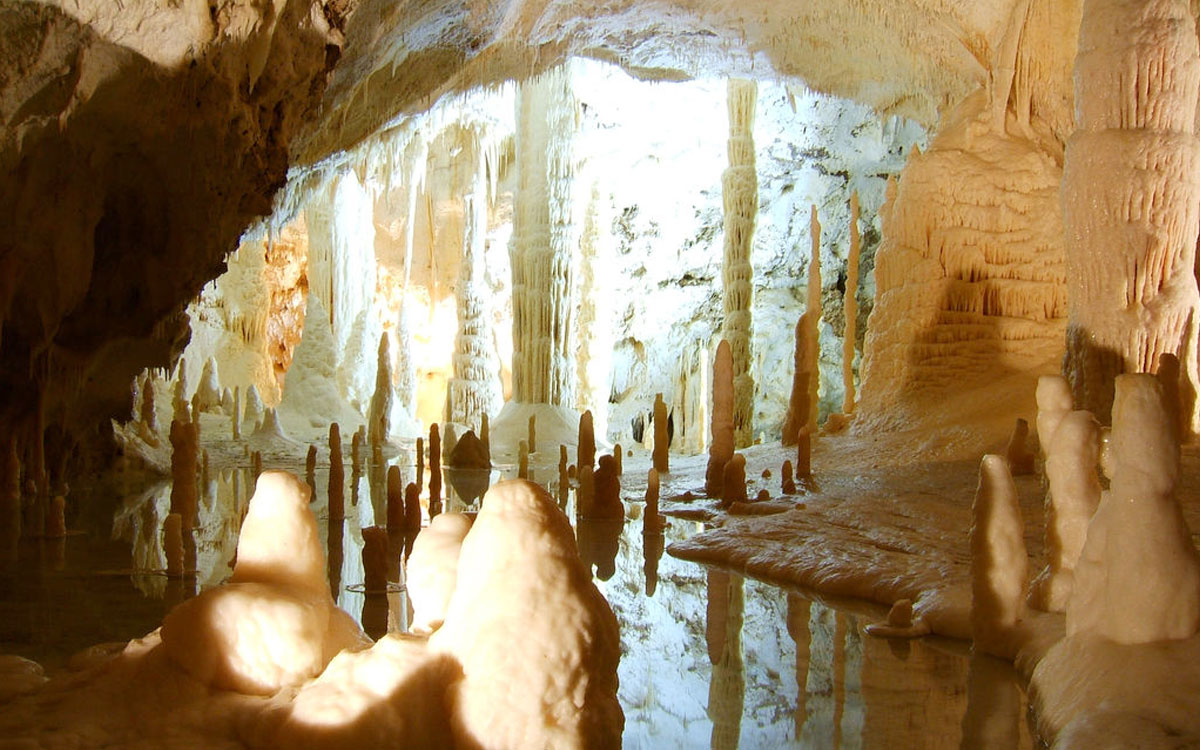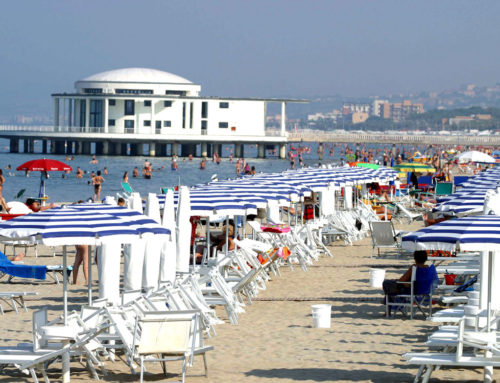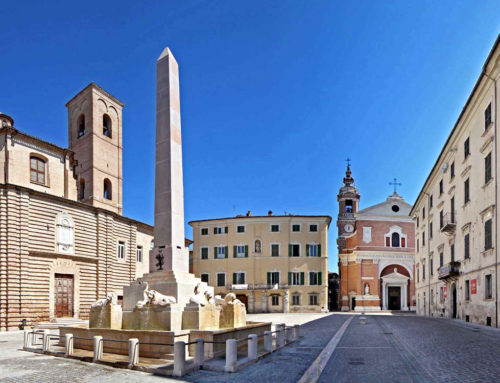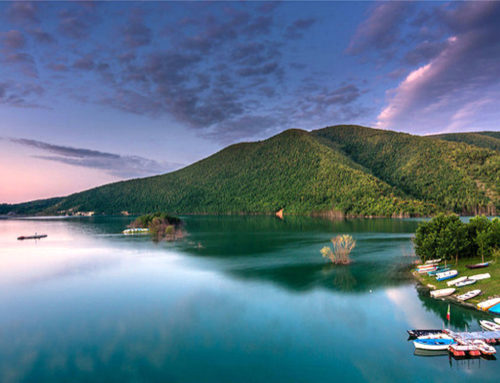Project Description
FRASASSI CAVES
The Frasassi Caves are underground karst caves located within the Regional Natural Park of the Gola della Rossa and Frasassi (certified by the European Charter for Sustainable Tourism) in the municipality of Genga, in the province of Ancona. The discovery of the Grotte di Frasassi dates back to September 25, 1971 by the speleological group of CAI of Ancona. In 1972 the Consortium Frasassi was formed by the municipality of Genga and the Province of Ancona with the aim of safeguarding and enhancing the complex of Frasassi Caves. Inside the karst cavities you can admire natural sculptures formed by limestone stratifications over 190 million years thanks to the work of water and rock.
Water, flowing over limestone, drains small amounts of limestone and falls to the ground, during a millennium dripping, deposits and form of concretions of considerable size and sometimes even curious forms. These are divided into stalagmites (columns that grow from the bottom upwards) and stalactites (which instead descend from the ceiling of the cavities). The shapes and the dimensions of these natural works stimulated the fantasy of the speleologists, who after discovering them have “baptized” by calling them curiously; Amongst the most famous stalactites and stalagmites we remember the Giants, Camel and Dromedary, Orsa, Madonnina, Damocle Sword “Niagara Falls”, “Slice of Bacon” and “Slice of Lard”, “Obelisk” (15 m high stalagmite in the center of Sala 200), “Canne d ‘ Organ “(concave-lamellar concretions that if struck resonate), the” Castle of the Witches “. Inside the caves there are also ponds where the water of drowsiness and “wells” stagnates, cylindrical deep cavities up to 25 m which can collect water or convey it towards inferior karst floors.
The visit of the cave lasts 70 minutes. The groups are accompanied by professional guides provided by the Frasassi Consortium. The route is 1,500 meters long; is well-equipped and easily accessible. The internal temperature is constant 14 ° C.
Information on the history of discovering the caves can be found by contacting the Speleologico Marchigiano CAI Ancona.






